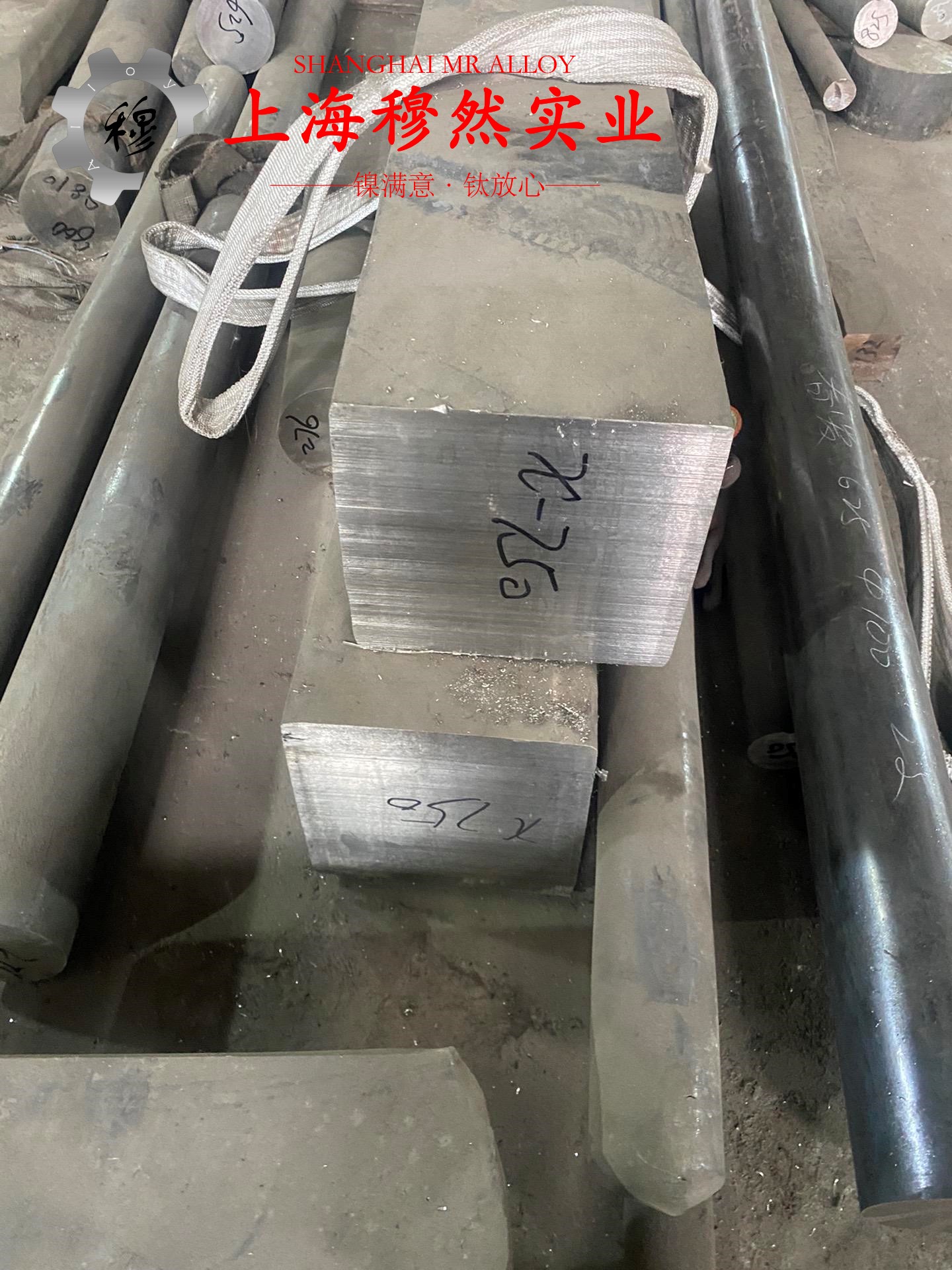1J83精密合金现货:技术解析与应用指导
在现代工业领域,1J83精密合金凭借其优异的高温稳定性、优异的机械性能和耐腐蚀性,成为众多行业的关键材料。本文将从技术参数、行业标准、材料选型误区及技术争议点四个方面,全面解析1J83精密合金现货的技术特性及其应用。
一、技术参数
-
物理性能 1J83合金具有优异的力学性能, withstand high temperature deformation without significant dimensional changes. Its tensile strength and elongation at fracture are within the range of 450 MPa and 20%, ensuring reliable performance in high-stress applications.
-
化学成分 The composition includes 3.5% chromium, 1.2% molybdenum, and 1% carbon, optimized to enhance wear resistance and corrosion resistance. The controlled microstructure is critical for its superior stability in harsh environments.
-
相变性能 1J8, 1J83 alloys exhibit excellent thermal conductivity and stable microstructures during phase transformations, making them ideal for applications involving rapid temperature changes.
二、行业标准
-
ANSI/AMS 5.1.1 This standard specifies the mechanical properties, microstructural analysis, and heat treatment requirements for 1J83 and similar alloys, ensuring consistent performance across manufacturers.
-
GB/T 18961-2016 This Chinese standard outlines the microstructural examination, mechanical testing, and surface treatment specifications, providing a comprehensive reference for alloy selection and application.
三、材料选型误区
-
误区一:忽视微观组织 微观组织是影响合金稳定性的关键因素。高碳含量虽然可以提高强度,但可能导致微观结构不稳定,反而影响长期性能。选择时应优先考虑金相报告中的微观组织分析。
-
误区二:过度追求成分比例 1J83合金的性能受多种元素影响,单纯提高某一种元素含量未必能带来预期效果。应综合考虑各元素的配合比例,确保材料性能的均衡性。
-
误区三:忽视环境因素 不同工业环境对合金的要求不同,高温、腐蚀性环境下的1J83合金可能在普通环境下的表现不佳。选材时需结合具体工作条件,进行性能匹配。
四、技术争议点
-
生产工艺争议 1J83合金的生产工艺涉及多个步骤,包括熔炼、铸造、热处理等,不同的工艺可能导致产品性能的差异。选择时应重点关注热处理工艺是否符合标准,以确保材料性能的一致性。
-
成分控制争议 1J83合金的成分控制是其生产中的难点。微小的成分偏差可能导致性能的重大差异。选材时需关注供应商提供的成分报告和热处理工艺是否符合标准。
-
应用争议 1J83合金在核能行业、航空航天领域等高要求环境中的应用存在争议。其高温稳定性、耐腐蚀性是否足以满足特定行业需求,需要根据具体应用条件进行评估。
五、总结
1J83精密合金现货凭借其优异的性能,广泛应用于多个行业。选择时应重点关注技术参数、行业标准、微观组织分析以及应用环境的匹配性。需警惕材料选型中的误区,如忽视微观组织、过度追求成分比例等。通过科学的选材和工艺控制,才能充分发挥1J83合金的性能优势,为您的应用提供可靠保障。



